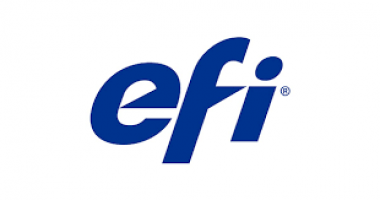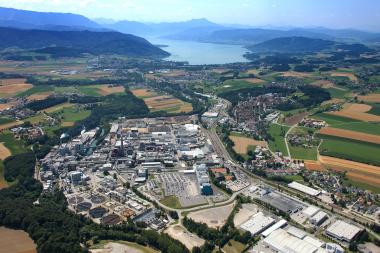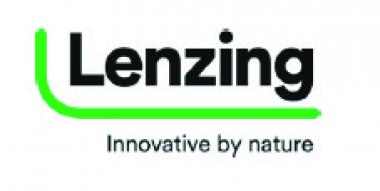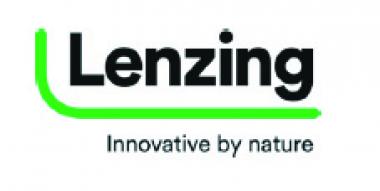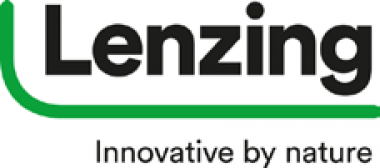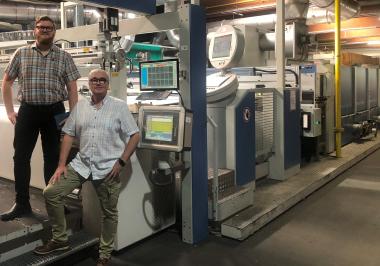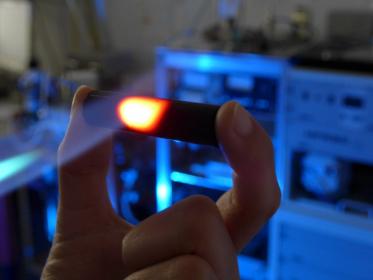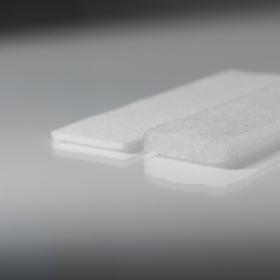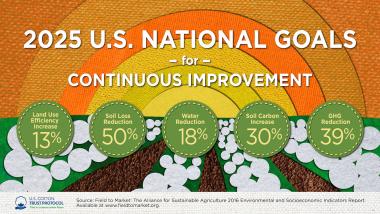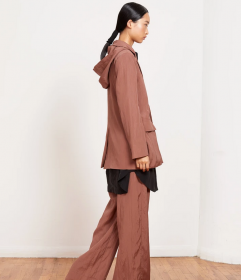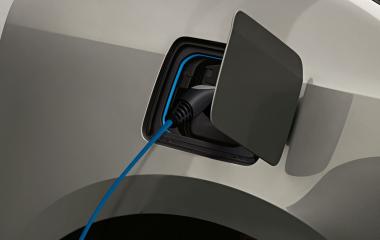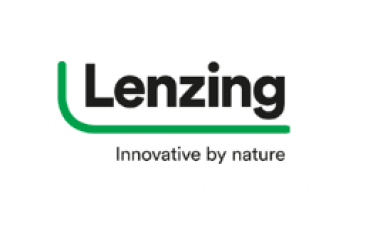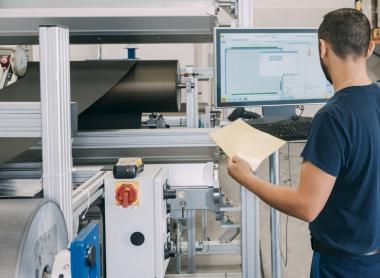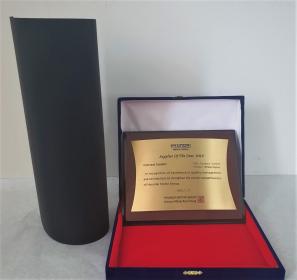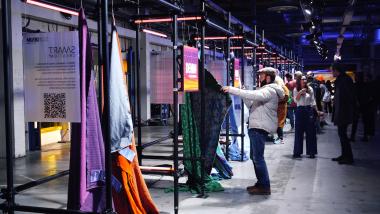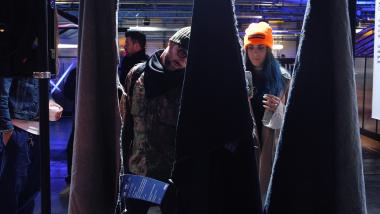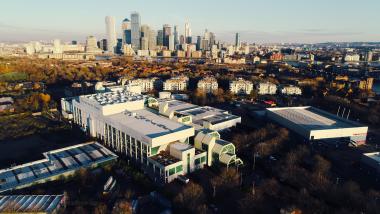EFI Reggiani introduces Textile Digital Printer
The new, industrial, entry-level EFI™ Reggiani BLAZE scanning printer from Electronics For Imaging, Inc. is making its debut at the ITMA Asia tradeshow, 12-16 June in Shanghai, China. The high-quality printer is an easy-to-use, smart solution to help textile companies blaze their successful trail into the world of efficient, sustainable industrial inkjet printing. It is equipped with EFI Reggiani’s state-of-the-art technology, offering high quality, reliability and flexibility on the widest variety of designs.
Cutting-edge technology in a compact footprint
The EFI Reggiani BLAZE printer is designed to give textile companies the opportunity to enter the digital textile printing market with a compact solution. The new, 1.8-metre wide printer offers an innovative, low-maintenance, continuous recirculation ink system equipped with a level sensor and degassing as well as a printhead crash protective system for longer printhead life and superior uptime.
Thanks to its cutting-edge printhead reliability and low maintenance costs for a competitive TCO (total cost of ownership), the BLAZE printer can produce up to 125 linear metres per hour with a printing resolution up to 600x1200 dots per inch (dpi). The printer – which delivers excellent productivity as one of the fastest digital inkjet solutions in its class – has eight 300-dpi dual channel printheads and can print in up to eight colours with full variable drop size.
Flexible fabric feed and handling for higher productivity
The EFI Reggiani BLAZE is equipped with a continuous and switchable belt washing unit to remove water and fabric hairs. An embedded device for adhesive application offers the possibility to use thermoplastic, resin and permanent adhesives.
The printer also includes other features for enhanced productivity and value, including a 400-mm roll unwinder, expandable shafts, an air gun and a pneumatic bar for standard fabrics.
Efficient software and electronics technology
The Reggiani BLAZE printer offers a friendly and intuitive user interface with real-time image processing and flexible queue management. The software also runs a WYSIWYG (What You See Is What You Get) job editor, as well as tools to accurately predict printing speed and ink usage.
EFI Reggiani TERRA Silver enhancement
EFI has also released an enhanced version of the EFI Reggiani TERRA Silver printer, a 1.8-metre wide printer operating with EFI Reggiani’s unique TERRA pigment ink with binder solution for high-quality, highly sustainable, direct-to-textile printing without steaming or washing.
Features:
- A new recirculating ink system for superior reliability and minimum maintenance at start up and during production
- Several printing modes to ensure maximum flexibility in terms of design capability
- New, real-time image processing that eliminates time spent in image pre-calculations
- A user friendly, intuitive interface
- A more-efficient polymerisation process that takes place as printed textile goes through the printer’s on-board dryer.
EFI


